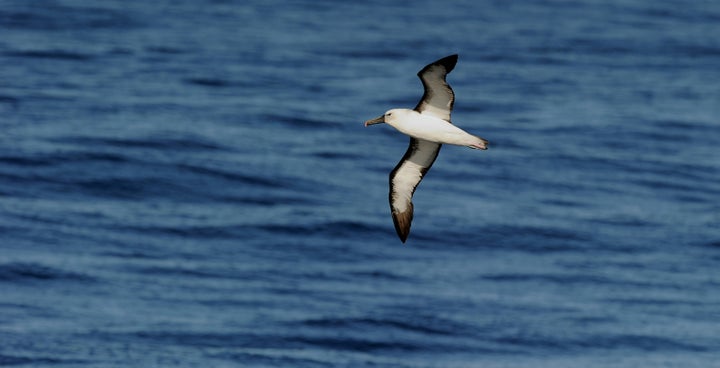
Most portrayals of the effects of climate change on wildlife and ecosystems assume that species will simply shift towards the poles or upslope to follow their optimal climate conditions as the earth warms. But species are much more complicated than that: no species exists on its own; rather, an unknown number of interactions such as competition for food and habitat and spatial displacement are constantly happening, and in turn affecting the status of said species. Consequently, when one wants to study a species response to a certain factor, it is important to consider these interactions as much as possible, seeing that they may play a significant role in the possible outcome. However, that is not a common feature in climate-species studies.
The state of the art in climate-species models for many years has been the climate envelope model, which describes the temperature, humidity, precipitation and other climate variables characterizing the conditions under which a species is found. Once the climate envelope of a species or habitat has been modeled, you can then project where that climate envelope will exist under future climate scenarios, and you assume that is an approximation for where species will need to go to survive. These types of models have not traditionally taken into account the effect of the modeled conditions on other species that ultimately will be interacting with the species of focus and affecting its future.
A new study is one of the first to include species dispersal abilities and competition for suitable habitat within a species temperature tolerance under the modeled climate scenarios, therefore portraying a much more accurate view of what the future will likely hold. This is particularly important in the estimation of species extinction rates, since new distributions of species due to climate change might lead to interactions never before seen, as well as to the loss of others, and species might find themselves under conditions that were nonexistent before. When shifting its range to a more suitable climate, a species may encounter others that are strong competitors and that will prevent its establishment, and in the event of no other suitable climate -- or better dispersal abilities -- lead to its eventual extinction due not to lack of available habitat, but rather lack of available living conditions. The authors found that climate change is an important factor adding to competition, since it leads species to disperse in search of better climate, which can potentially lead to more interactions and competition. The authors also found that without competition, actually very few species would become extinct, independently of their dispersal rates. In other words, climate change leads to dispersal, which leads to more interactions/competition, which ultimately may cause more species extinctions -- a result that differs substantially from what one would get from a climate envelope-only model, where one would just determine possible places for a species to disperse due to climate change.
Studies such as this one are very important for the understanding of how climate change can affect species. Indirect effects of climate change can be unexpected and unpredictable, and therefore the more information that can be plugged into the models, the better chance we have for a better understanding of possible outcomes. Those in turn can provide better guidance to the process of climate adaptation and related conservation strategies.
For more geeky details of the study check out this post.